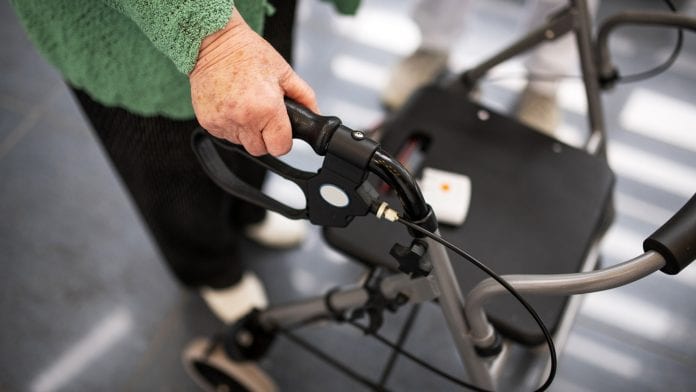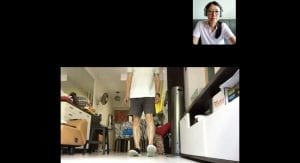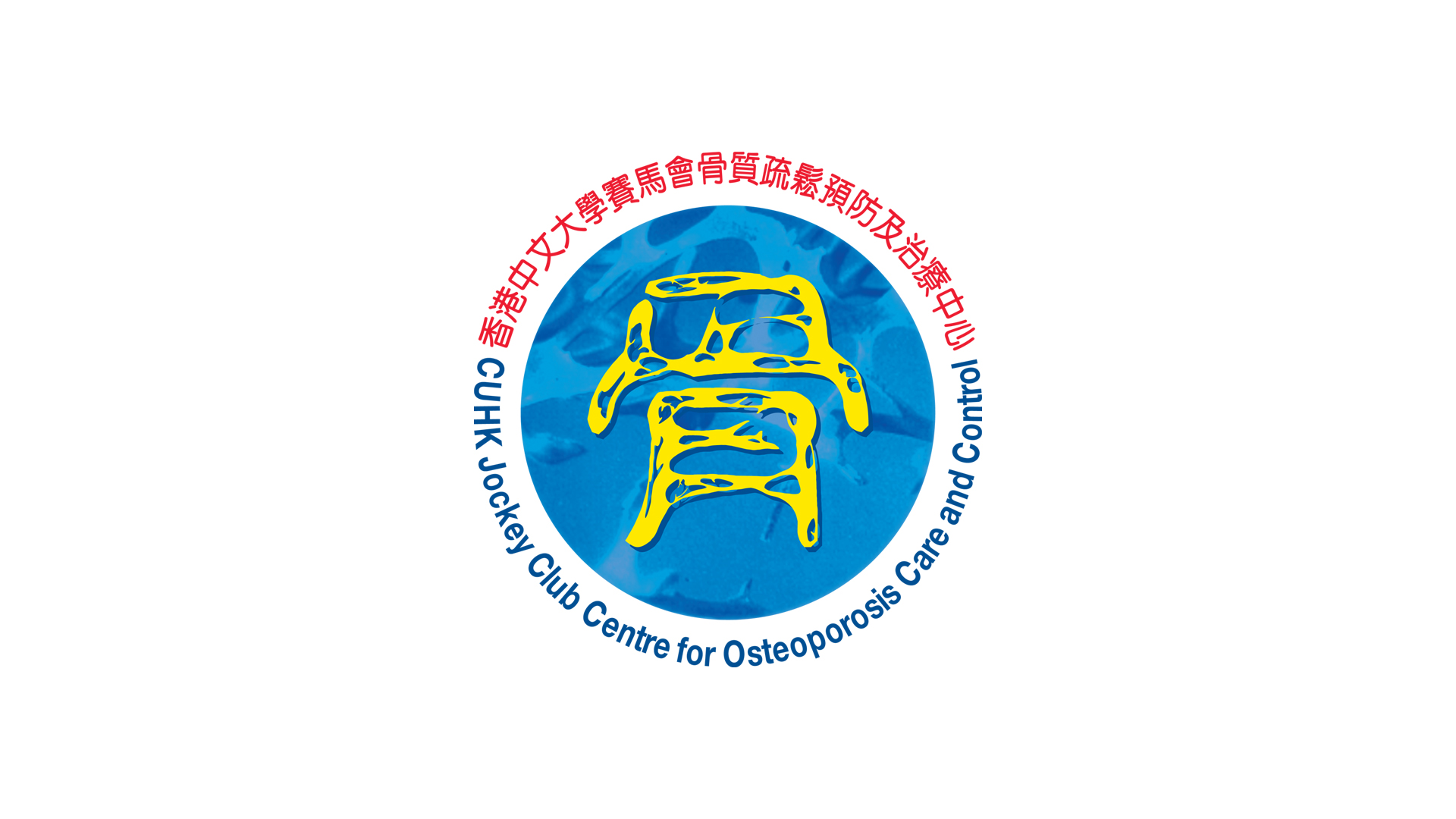
A randomised controlled trial of an internet-based Lifestyle-integrated Functional Exercise programme (iLiFE) to prevent falls in community dwelling older fallers.
Prevention of falls is a pressing global public health challenge. Falls are the second leading cause of unintentional injury and deaths around the globe, with an estimated 646,000 deaths each year1. Besides deaths, falling may have physical consequences such as reduced mobility function and psychosocial sequelae such as fear of falling2. These sequelae also cost significant healthcare expenses and may adversely affect quality of life of the individuals and their caregivers. The greatest number of fatal falls happen in adults aged ≥65 years1. About one in every three older adults falls each year worldwide. Those who have fallen within the previous year are more prone to further falls3.
A recent systematic review and meta-analysis showed that well-designed exercise programmes which challenged balance and involved more than three hours per week of exercise reduced 39% of falls4. Engagement with these exercises may not only improve balance and strength, prevent falls and contain the subsequent medical costs and decrease in quality of life but also lead an individual to a more active lifestyle which ultimately promotes health and functional capacity. Nevertheless, a pooled estimate of participants who were fully adherent to a home exercise prescription for fall prevention was only 21%5. As benefits of the exercises fade rapidly when one stops exercising6, building up a habit of having regular balance and strengthening exercises is of paramount importance in preventing falls.
LiFE programme for older fallers
The levels of exercise adherence were found higher in interventions led by therapists and in those consisted of moderate home visit support and balance or walking exercise7. Lifestyle-integrated Functional Exercise (LiFE), a programme complementing individualised exercises with lifestyle preferences, has also shown to enhance exercise adherence among the older Caucasian fallers. A 31% reduction of prospective falls compared with a control group with flexibility exercises was reported8, along with better exercise adherence in the participants of LiFE programme than in the participants of a structured group-based exercise programme for fall prevention. 64% of the LiFE participants reported to be exercising at the 12-month follow-up. The significant effects of the LiFE programme on physical performances were also found to be sustained at 12 months post-randomisation.
The LiFE programme integrates individualised balance and strengthening exercises into an individual’s daily life. People do not need to spare a time slot out of their daily schedule. It is tailored according to an individual’s ability and lifestyle. These factors may make habit-forming easier and adherence to exercise regimens more likely.
At Jockey Club Centre for Osteoporosis Care and Control, we have tried to enhance the effectiveness of LiFE by combining it with an initial home environment safety assessment which has been shown locally to reduce fall incidence by two thirds in the first nine months post intervention9. In order to evaluate the effectiveness of this enhanced LiFE programme in fall prevention, we have performed a randomised controlled trial. In the trial, 96 older people with history of falling in the previous 12 months were randomly assigned to receive either the modified LiFE programme with home environment safety assessment (N=46) or no interventions (N=50). A favourable trend of reduction in one-year fall risk in the intervention group (20%) compared with the control group (36%) was observed (p=0.074). 98% (n=45) of the intervention group reported to be continuing with the prescribed exercises in more than four days of the week at six months post-baseline assessment.
LiFE programme via internet
With in-person service delivery suspended as a result of the COVID-19 pandemic, our team has implemented a pilot trial with the LiFE programme and the home environment safety assessment delivered remotely through an internet-based model to older fallers living in the community. A total of 31 participants joined the trial (27 women, mean age 66.7 ± SD 4.
Three years; 15 had the entire programme online, 16 received the home environment safety assessment and up to one training session in-person and the remaining sessions online). The incidence of falls by the sixth month was only 6%. 97% of the participants reported no barriers of communication with the therapist during the online programme; 97% and 100% reported an improvement in muscle strength and balance performance, respectively; and 67% reported that they were doing the prescribed exercises in more than three days of the week.
Apart from being a contingency during COVID-19, internet-based LiFE intervention may be a cost effective means to deliver home environment safety assessment and LiFE intervention. The valuable therapist time spent on travelling can be saved using the online mode. We have therefore applied for a research grant for a two-arm randomised controlled trial to examine the effectiveness of an internet-based LiFE programme combining with a home environment safety assessment in decreasing fall risk, enhancing exercise adherence and balance confidence, and improving fall-related physical performances (mobility, lower limb strength, and physical activity level) among community-dwelling older people who have recently had a fall. If this trial shows significant benefits of the internet-based LiFE in fall prevention in at-risk older community-dwelling people, it will provide strong support for the LiFE programme, combined with home environment safety assessment, in fall prevention among this vast population. Furthermore, it will provide support for delivering these services online. The lower costs of internet-based LiFE will greatly encourage its use in places with good access to the internet and internet literacy.

References
1 World Health Organization. Falls. Online fact sheets, 2018 (cited 2020, Oct 22). Available at www.who.int/news-room/fact-sheets/detail/falls.
2 Chu LW, Chi I, Chiu AYY. Falls and fall-related injuries in community-dwelling elderly persons in Hong Kong: a study on risk factors, functional decline, and health services utilisation after falls. Hong Kong Med J. 2007;13(1):8–12.
3 Wu TY, Chie WC, Yang R Sen, Kuo KL, Wong WK, Liaw CK. Risk factors for single and recurrent falls: a prospective study of falls in community dwelling seniors without cognitive impairment. Prev Med (Baltim). 2013;57(5):511–7. Available at http://dx.doi.org/10.1016/
j.ypmed.2013.07.012.
4 Sherrington C, Michaleff ZA, Fairhall N, Paul SS, Tiedemann A, Whitney J, et al. Exercise to prevent falls in older adults: an updated systematic review and meta-analysis. Vol. 51, British Journal of Sports Medicine. BMJ Publishing Group; 2017 (cited 2020, Oct 9). pp. 1749–57. Available at http://bjsm.bmj.com/.
5 Simek EM, McPhate L, Haines TP. Adherence to and efficacy of home exercise programmes to prevent falls: a systematic review and meta-analysis of the impact of exercise programme characteristics. Prev Med (Baltim). 2012;55(4):262–75. Available at http://dx.doi.org/
10.1016/j.ypmed.2012.07.007.
6 Sherrington C, Michaleff ZA, Fairhall N, Paul SS, Tiedemann A, Whitney J, et al. Exercise to prevent falls in older adults: an updated systematic review and meta-analysis. N S W Public Health Bull. 2011;22(3–4):78–83.
7 Robison J, Rogers MA. Adherence to Exercise Programmes: recommendations. Sport Med. 1994;17(1):39–52.
8 Clemson L, Fiatarone Singh MA, Bundy A, Cumming RG, Manollaras K, O’Loughlin P, et al. Integration of balance and strength training into daily life activity to reduce rate of falls in older people (the LiFE study): Randomised parallel trial. BMJ. 2012;345(7870):1–15.
9 Chu MML, Fong KNK, Lit ACH, Rainer TH, Cheng SWC, Au FLY, et al. An occupational therapy fall reduction home visit programme for community-dwelling older adults in Hong Kong after an emergency department visit for a fall. J Am Geriatr Soc. 2017;65(2):364–72.
This article is from issue 18 of Health Europa. Click here to get your free subscription today.










